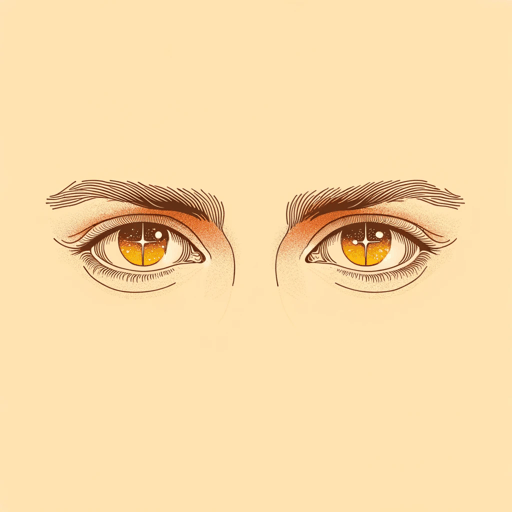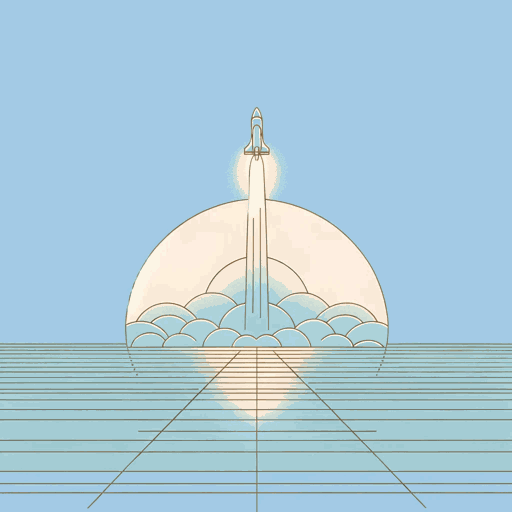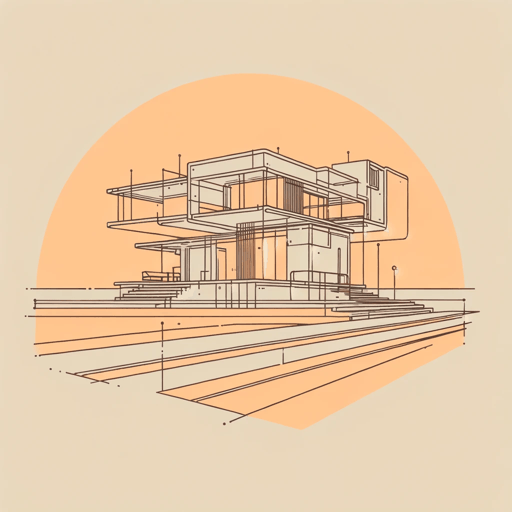28 pages • 56 minutes read
Ray BradburyThe Pedestrian: A Fantasy in One Act
Fiction | Short Story | Adult | Published in 1951A modern alternative to SparkNotes and CliffsNotes, SuperSummary offers high-quality Study Guides with detailed chapter summaries and analysis of major themes, characters, and more.
Symbols & Motifs
Viewing Screens
Televisions, also known as “viewing screens” in “The Pedestrian,” symbolize the rejection of critical thought and the written word, as well as social control.
Except for the protagonist, everyone in the story stays glued to their television screens at night, watching predictable shows that don’t challenge them intellectually. These include Westerns, quiz shows, slapstick comedy, and programs featuring murders. People watch their televisions like zombies, suggesting that the screens drain the life from their viewers.
The screens are also symbolic of the dangers of technology, since they are tools of conformity that keep people from acting independently. While thinking about the televisions, Mead reflects that no one buys books or magazines anymore, suggesting that screens have replaced print media.
It is important that Mead, who symbolizes free thought, does not have a viewing screen in his home because this differentiates him from the rest of society. In fact, Mead’s admission that he does not have a viewing screen shocks the police car more than anything else he says.
Mead’s Sneakers
Mead’s decision to switch from hard-soled shoes to quiet sneakers symbolizes the government’s desire to repress and silence its citizens.
Mead choosing to wear sneakers shows his awareness of his society’s social norms and the fact that he is violating them with his nightly walks.
Related Titles
By Ray Bradbury

A Graveyard for Lunatics
Ray Bradbury

All Summer In A Day
Ray Bradbury

A Sound Of Thunder
Ray Bradbury

Dandelion Wine
Ray Bradbury

Dark They Were, and Golden Eyed
Ray Bradbury

Death is a Lonely Business
Ray Bradbury

Fahrenheit 451
Ray Bradbury

Marionettes, Inc.
Ray Bradbury

Selected from Dark They Were, and Golden-Eyed
Ray Bradbury

Something Wicked This Way Comes
Ray Bradbury

The Illustrated Man
Ray Bradbury

The Martian Chronicles
Ray Bradbury

The Other Foot
Ray Bradbury

There Will Come Soft Rains
Ray Bradbury

The Toynbee Convector
Ray Bradbury

The Veldt
Ray Bradbury

Zero Hour
Ray Bradbury

